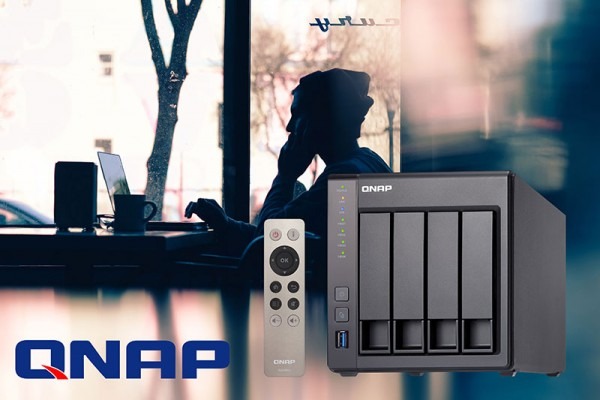
Confused about remote QNAP access? This guide unravels the mystery, explaining how myQNAPcloud grants secure, effortless file reach from anywhere.
Key Takeaways:
- Access QNAP NAS files remotely using myQNAPcloud.
- Create a myQNAPcloud account and configure settings.
- Port forward specific ports for remote access.
- Enable myQNAPcloud service and enjoy remote file management.
Q: How can I access my QNAP NAS files remotely?
A: Securely access your QNAP NAS files from anywhere with myQNAPcloud. Set up your account, configure settings, forward ports, and enable the service for effortless remote file management.
The way that your team access their files stored on a QNAP NAS device remotely needs to be a central part of your technology strategy as a business. It is important to understand the technology so that you can provide users with an easy-to-follow process. The offering from QNAP is called myQNAPcloud and allows you to set up multiple users with complete access to their files.
What Is A QNAP NAS Box?
QNAP stands for Quality Network Appliance Provider and is the brand name of a Taiwanese company that predominantly offers hardware and specifically NAS boxes. NAS stands for Network Attached Storage (NAS) and while many people will never have heard of one before, many will have used them at work or in colleges and universities around the country.
Accessing QNAP Remotely
- You will need to install software provided by QNAP called myQNAPcloud. If you are using a mobile device, then the relevant apps can be downloaded and installed from the Google Play or App Store.
- Locate myQNAPcloud on your computer and click Start to get started. This will kick start a wizard that helps you through the process step-by-step.
- The simple wizard will then take you through the process of signing up using an email address and password – it’s also possible to use a Facebook or Google account if you’d rather.
- Enter your necessary information to the form provided and click to sign up.
- QNAP will send you a confirmation email, and you’ll then need to click to Confirm Registration. A common problem that you may find is that their emails will regularly find their way into your spam or junk mail file when using one of the main providers, especially with Gmail accounts. Remember to check these files if you don’t receive the email almost immediately.
- Return to the wizard and sign in using your email and password combination.
- Name the device you are signing in with so that it can be easily identified at a later date. Don’t worry if you cannot think of a name, simply name it ‘Device 1’ as you can come back and edit this label later on.
- The next step asks you to configure your device. It is recommended that most users keep all four boxes ticked to ensure that you do not have to configure anything manually before you start using your myQNAPcloud.
- If you are using CloudLink, but haven’t installed it on this device yet, the wizard will now install this for you automatically.
- When you are asked to specify Access Control, select ‘public’ so that you can view this account later via the website or app
- You can now access your account via the myQNAPcloud website or using the mobile app
- In order to control the permissions you are providing to various devices, you will need to log in to your myQNAPcloud account online and specify the access you would like to permit
- You are now set up and will be able to create, edit and download files in line with the permissions setup on your account.
The myQNAPcloud solution is an elegant way to share access to files from multiple locations. If you’d like to learn more about physical NAS boxes as an alternative to connecting to QNAP remotely, then check out our range of NAS box solutions.
